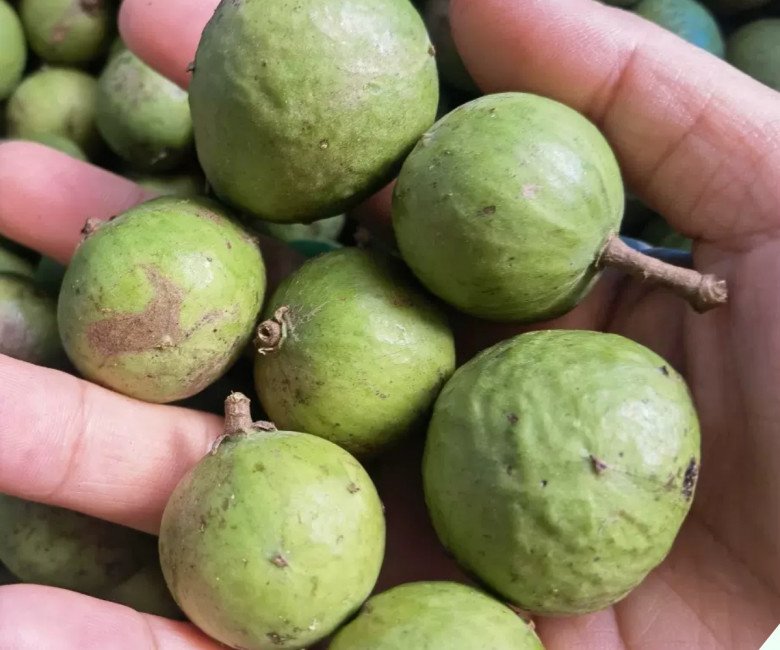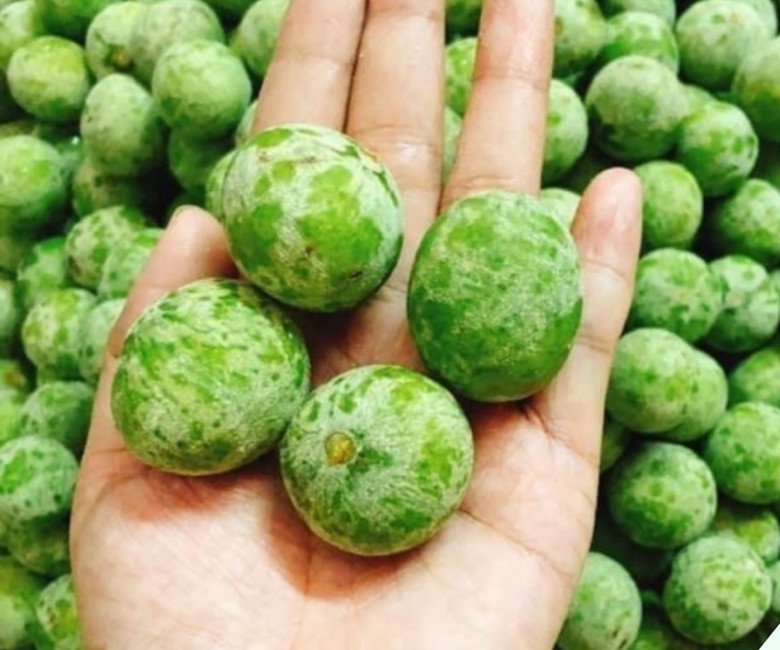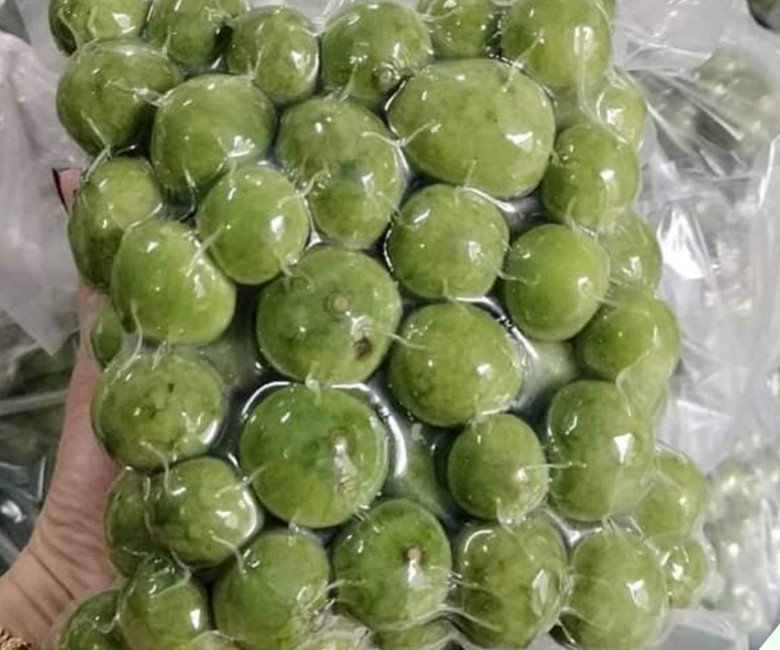Tart tamarind is a delicious treat that packs a punch when it comes to flavor and health benefits. Research has found that this fruit is rich in glucosides, organic acids, protein, cellulose, calcium, phosphorus, iron, and vitamin C.
Consuming tamarind in moderation can offer various health benefits, including detoxification, relief from mouth ulcers, weight loss, and reduced nausea for pregnant women.

With the tamarind season upon us, it’s the perfect time to stock up and treat your family to some delicious dishes. Don’t forget to select the best tamarind and follow proper storage practices to enjoy this fruit throughout the year.
How to Choose the Best Tamarind
According to experienced homemakers, the best tamarind is at the “bread” stage, which means it’s neither too young nor too ripe. At this stage, the tamarind has a thick, white pulp that is crisp and pleasantly sour, without the harsh sourness of unripe fruit.
Here are some tips to help you select the best “bread” tamarind:
– Shape: Look for tamarind that is moderately sized, neither too big nor too small, and ideally round in shape.
– Skin: The skin of the best tamarind is usually thin, a vibrant green, and has a slightly rough texture. Avoid tamarind with overly smooth skin, as it tends to be unripe and extremely sour, and it doesn’t keep well.

– Pulp: When you cut into the tamarind, the pulp should be thick and white, creating an appealing visual contrast.
– Taste: The “bread” tamarind has a refreshing sour taste without the harshness of unripe fruit or the hint of sweetness found in riper tamarind.
The window for the best tamarind is quite short, lasting only about a week, so be sure to buy your tamarind during this brief period to enjoy the perfect balance of sourness and sweetness.
Storing Tamarind
Since the “bread” stage of tamarind is fleeting, you may want to buy a large quantity and store it for future use. Here are some simple steps to keep your tamarind fresh:
1. Wash the tamarind and gently scrape off the outer green skin, being careful not to remove the white pulp underneath.

Avoid storing tamarind with the skin on, as you’ll need to defrost it before use, and the skin tends to become soft and difficult to remove. Additionally, the skin can impart a bitter taste to your dishes.
2. After removing the skin, rinse the tamarind again and let it air dry until the surface is slightly dehydrated.
3. Place the tamarind in ziplock bags and store them in the freezer.

It’s a good idea to portion the tamarind into smaller bags so you can easily take out the amount you need. Storing all the tamarind in one large bag can lead to quicker spoilage.
By following these steps, you can enjoy fresh-tasting tamarind throughout the year, as if you just picked it from the tree.
Some people also prefer to puree the tamarind for easier storage and use.
1. Wash, peel, and remove the stems from the tamarind, then rinse it again.

2. Blanch the tamarind in boiling water until cooked, then drain and allow it to cool.
3. Carefully separate the seeds and pulp, and blend the pulp into a smooth puree.
4. Pour the tamarind puree into ice cube trays and freeze.
5. Once frozen, transfer the cubes to ziplock bags and store them in the freezer.
When you need a tangy boost of flavor, simply pop a cube or two of tamarind into your dish. While this method is convenient, it may not deliver the same freshness as storing the whole fruit.



































